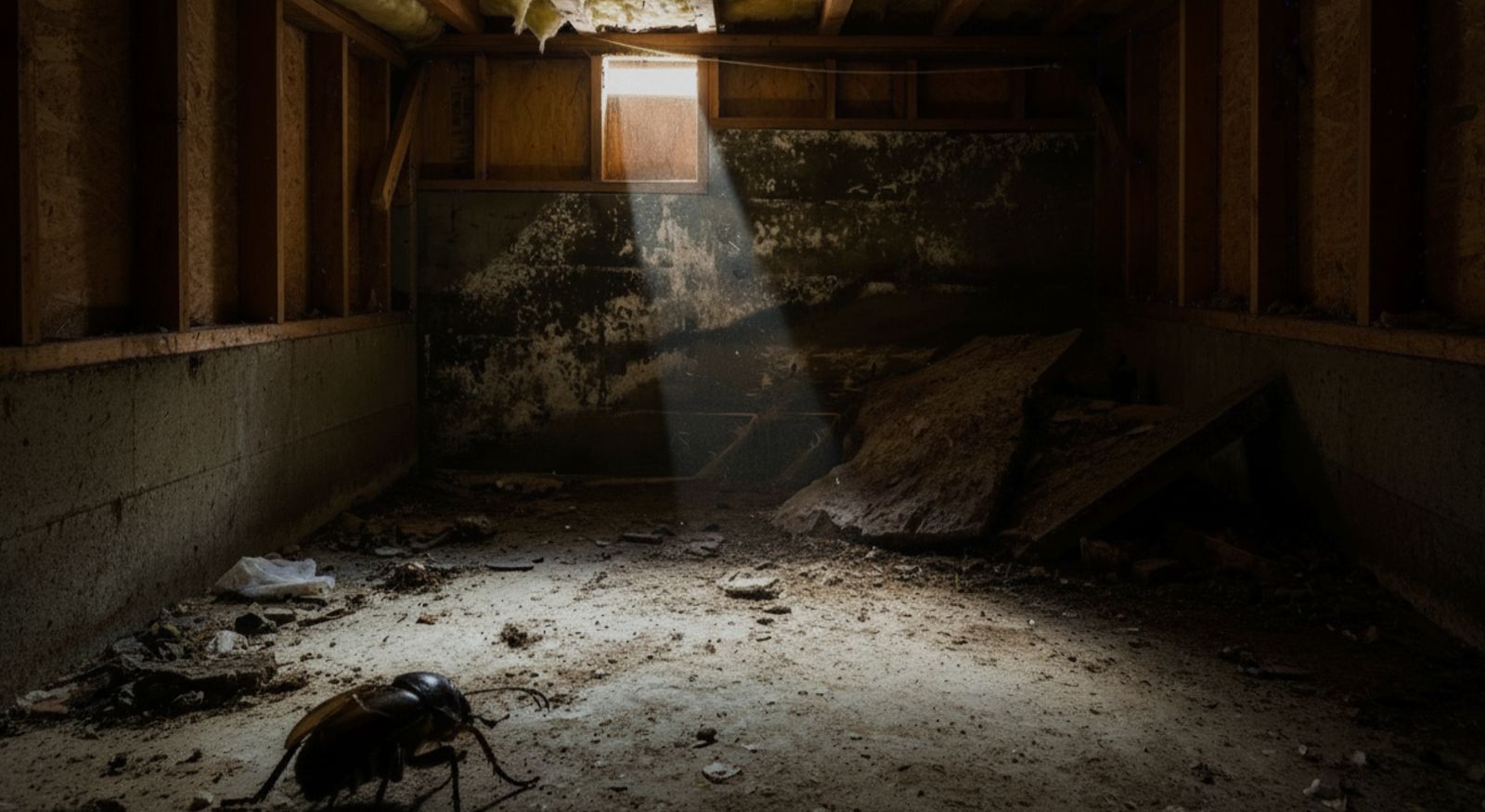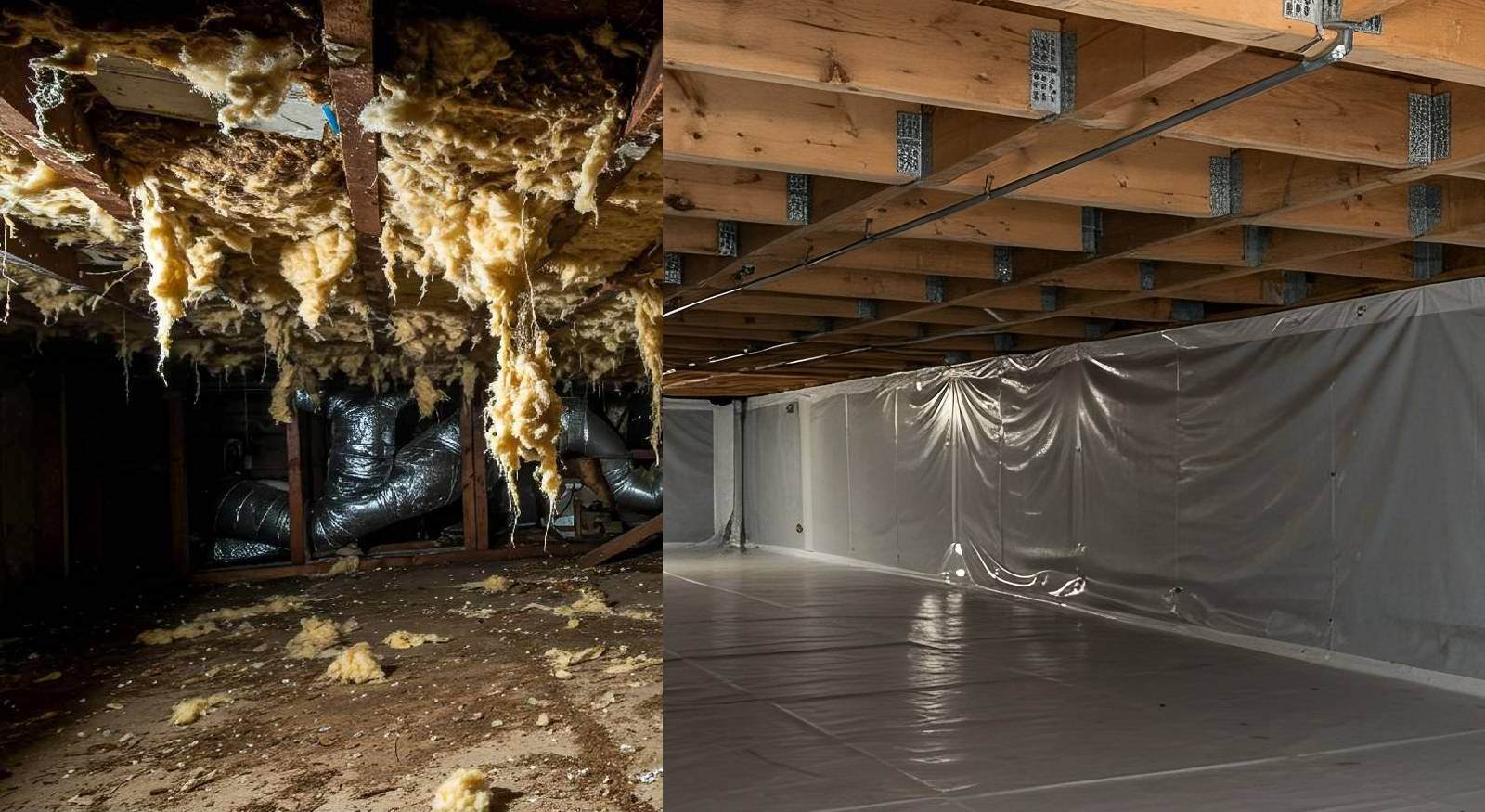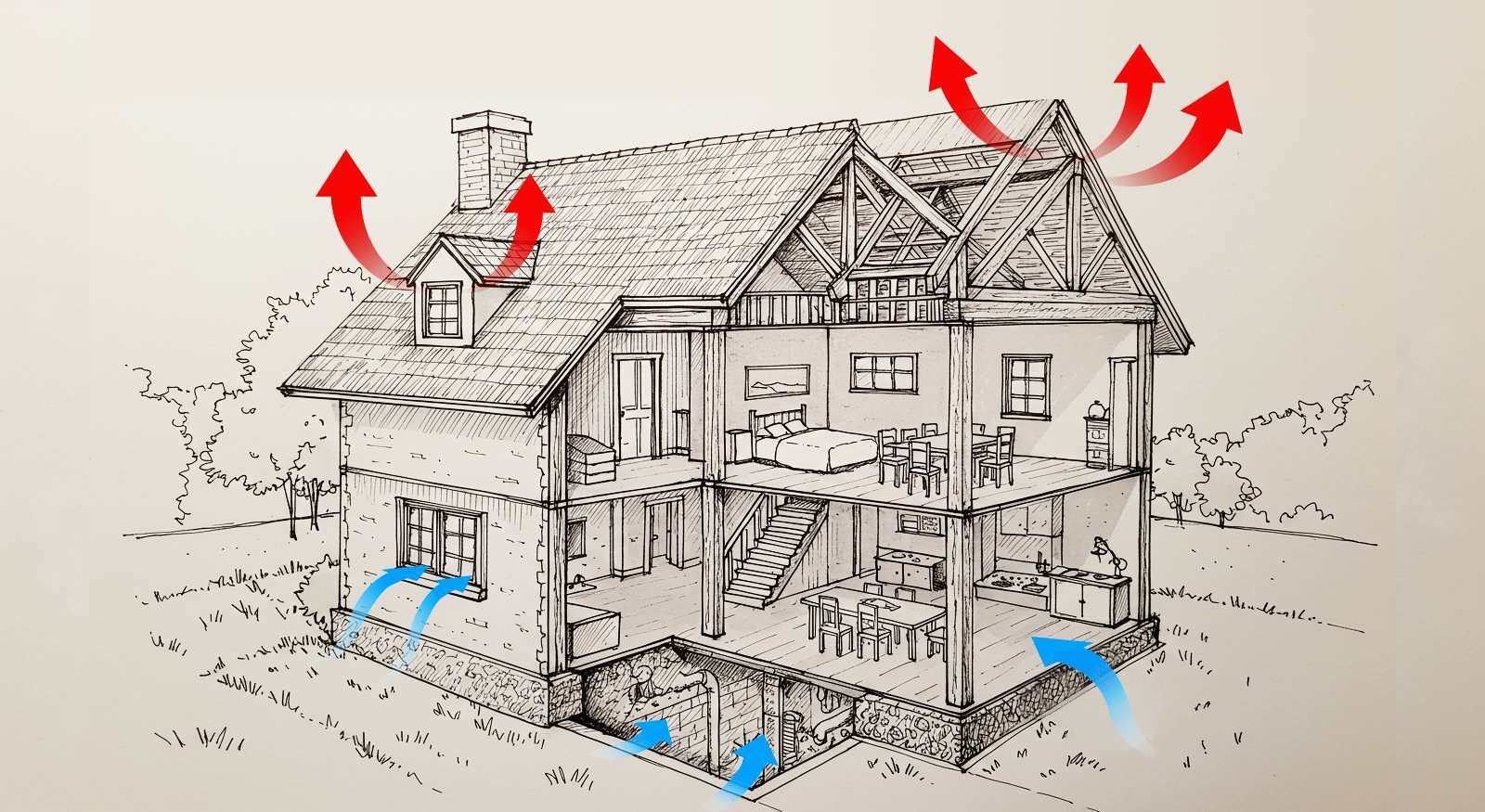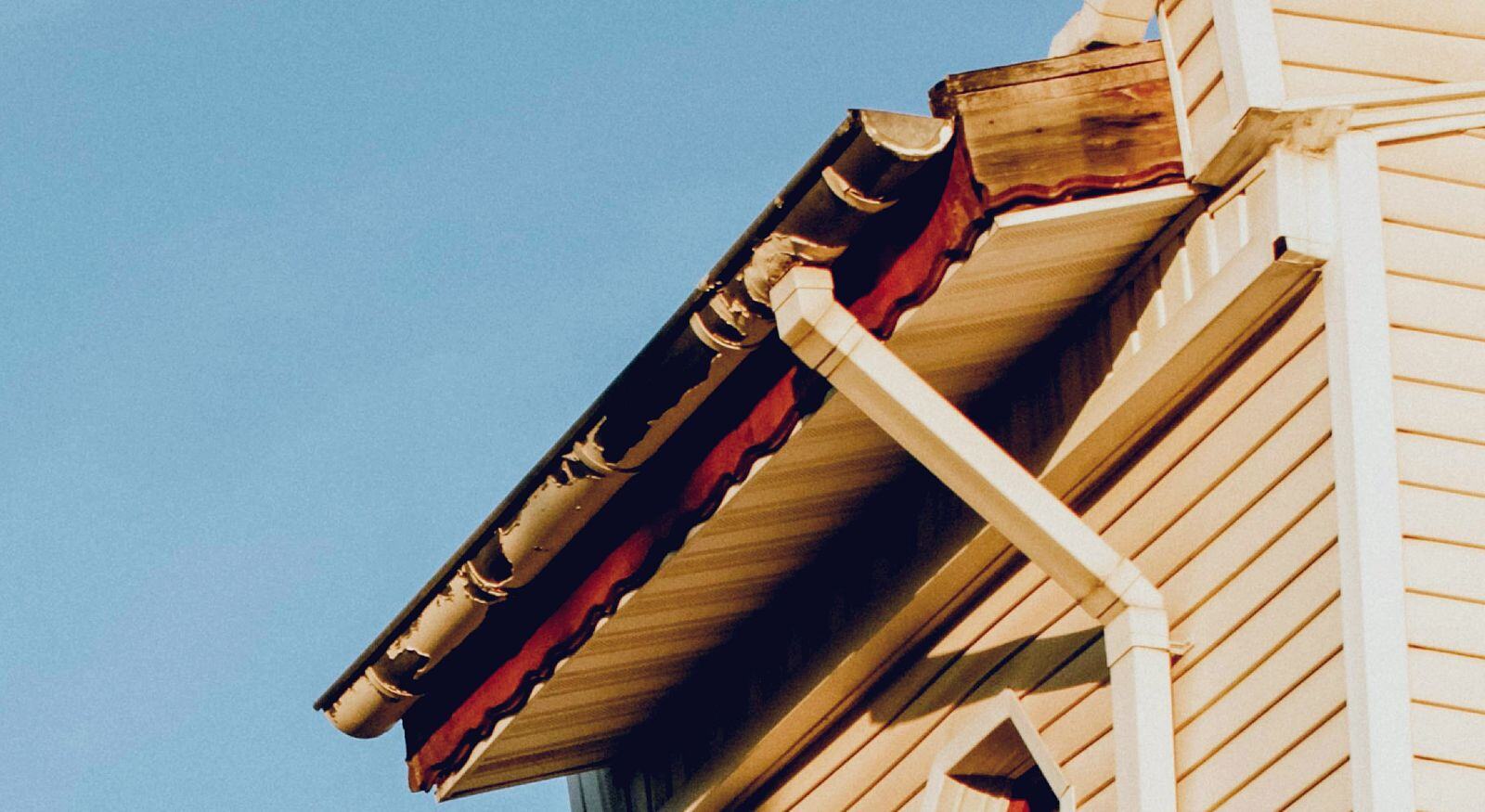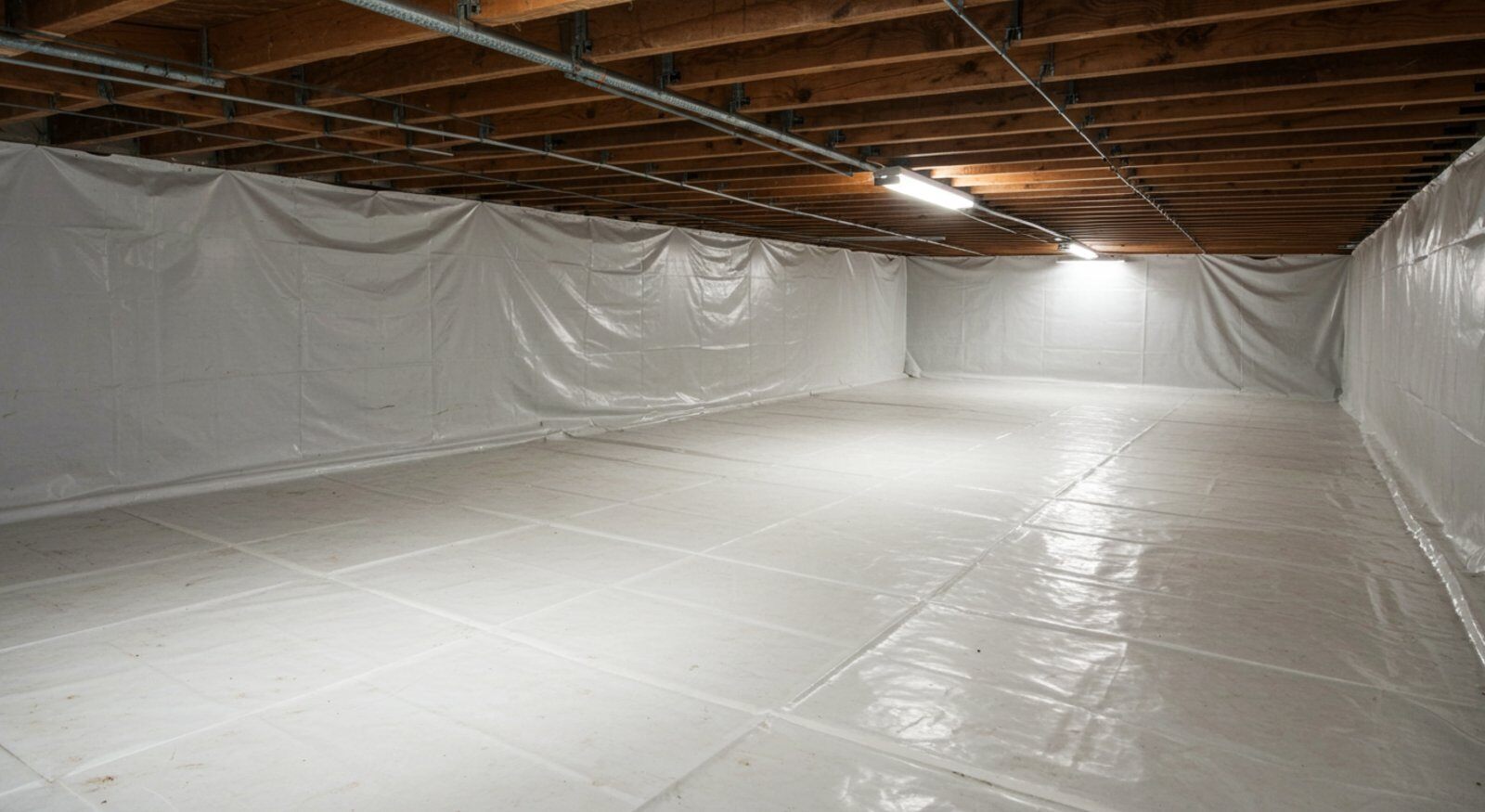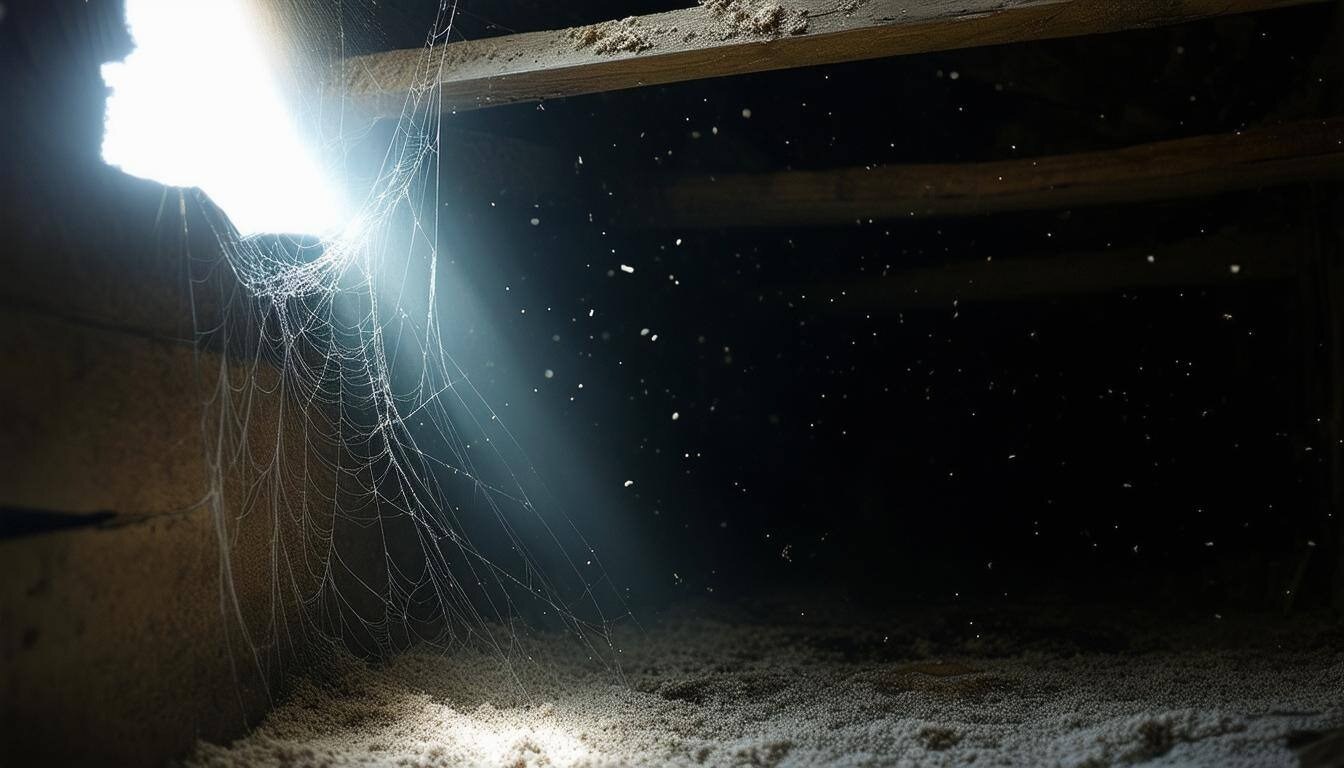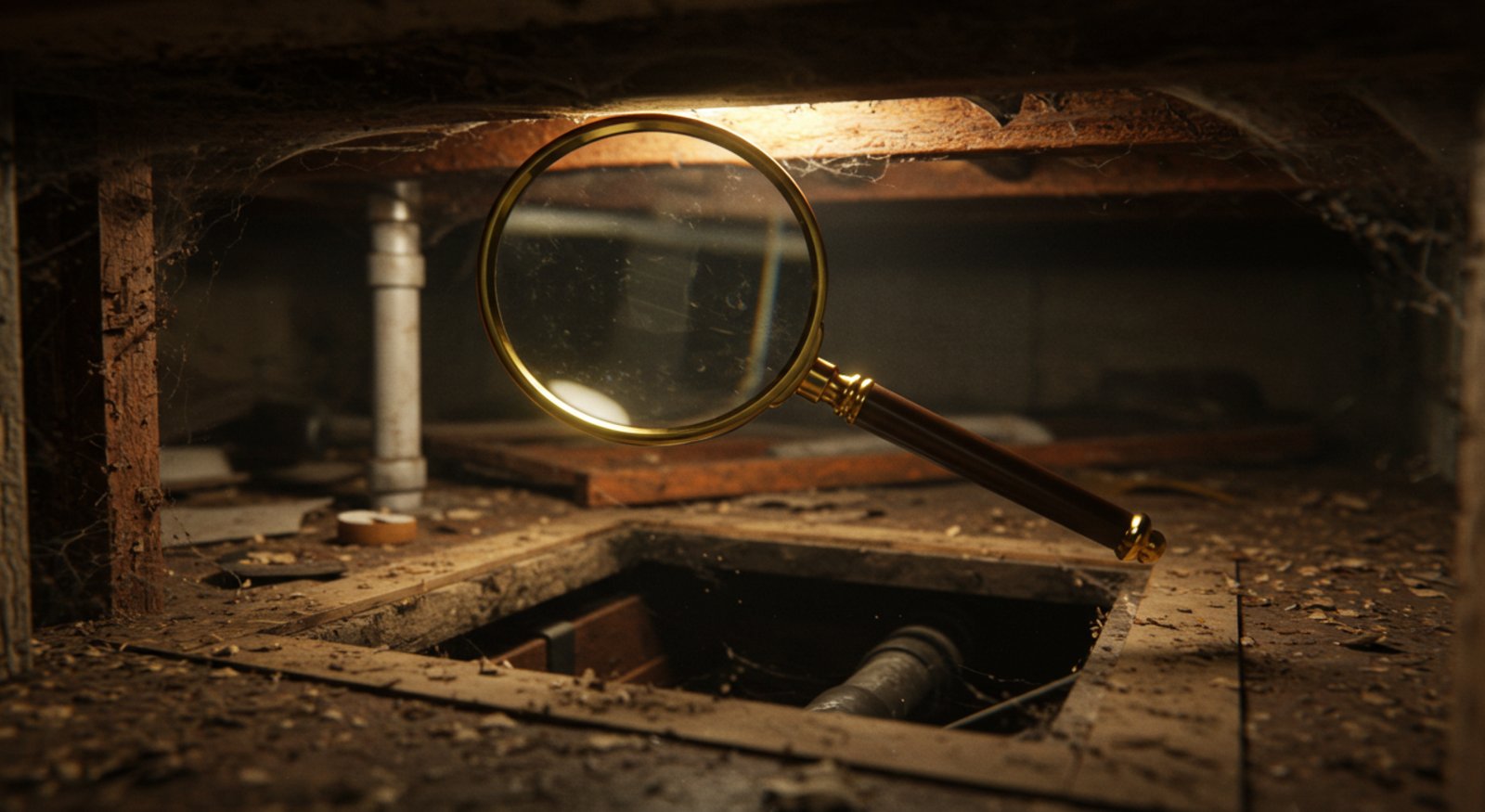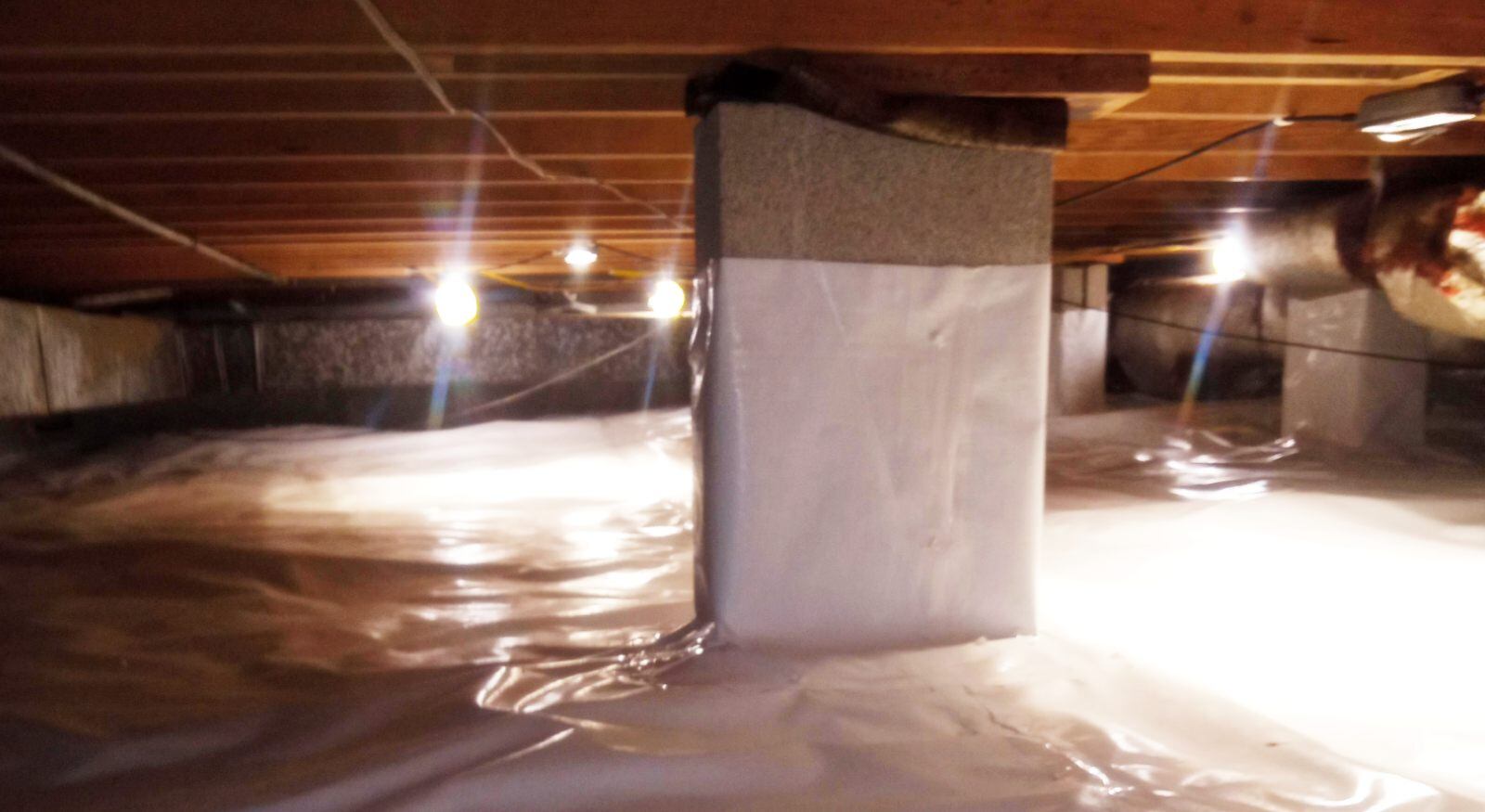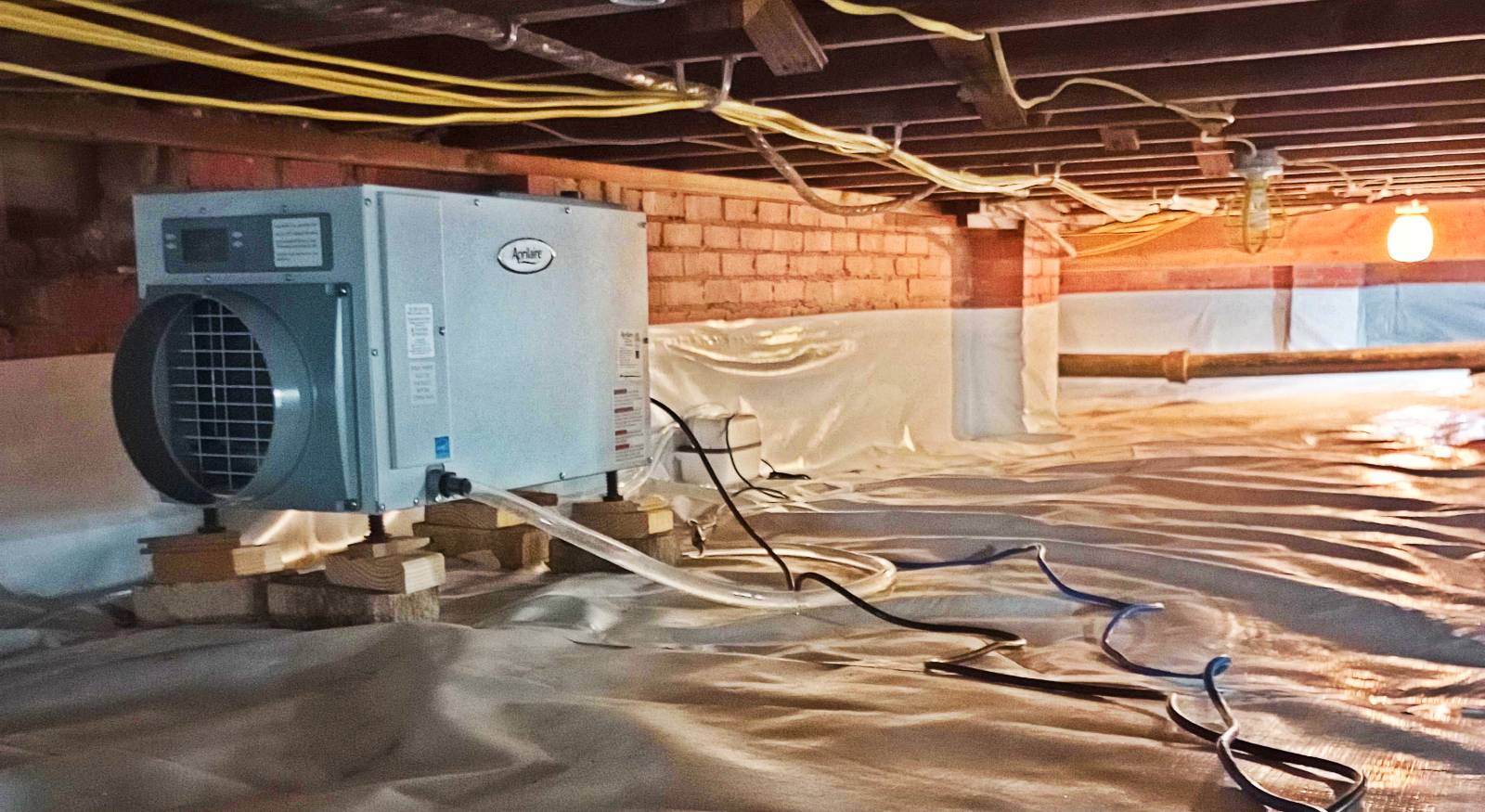Standing Water in Your Crawl Space? Check These Draining Solutions
September 10th, 2025
3 min read
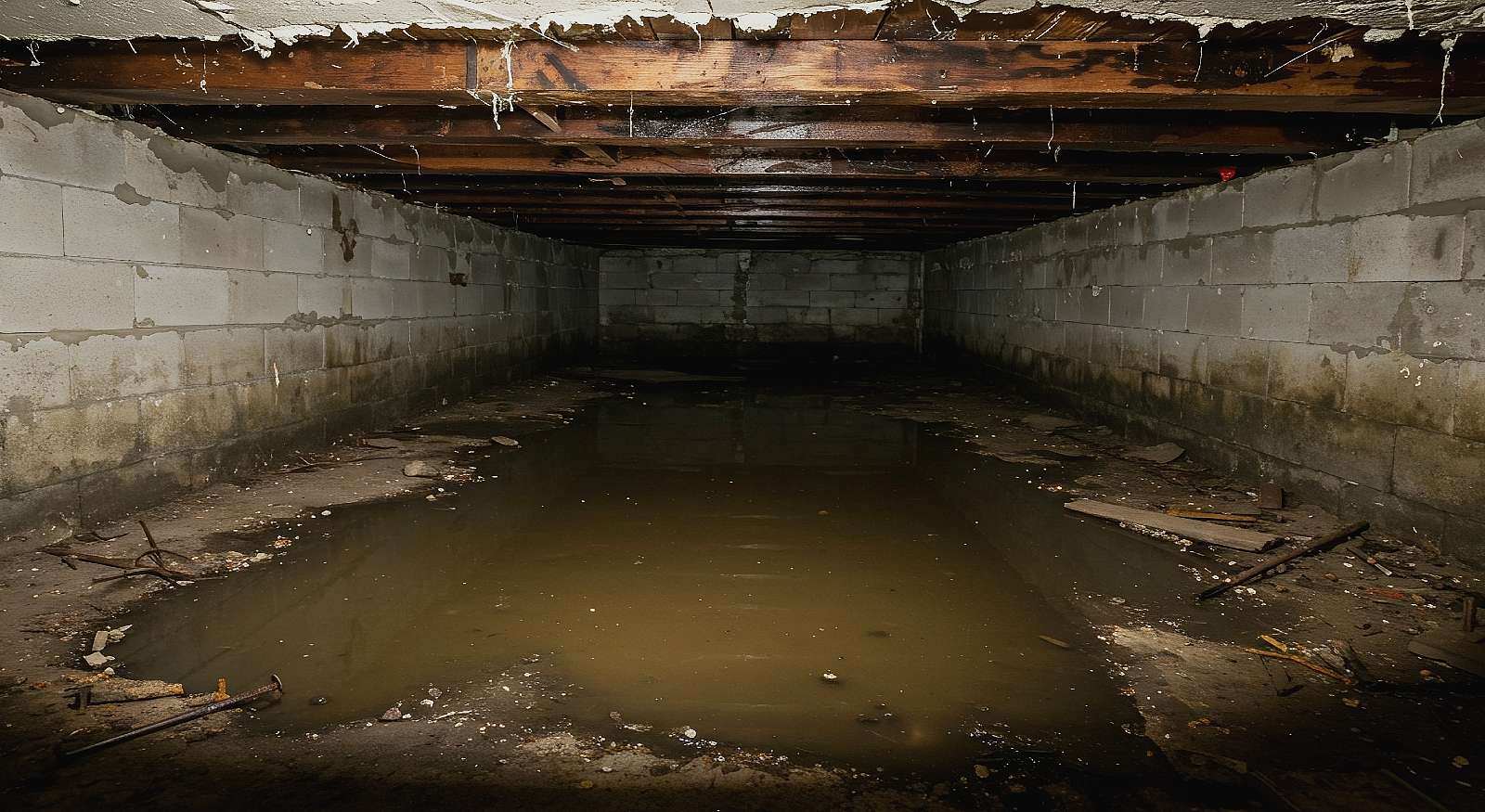
Finding standing water in your crawl space can feel pretty overwhelming. That damp, musty smell can make any homeowner uneasy, and the idea of what might be hidden in that murky water can be even more concerning. But don't worry—before letting stress take over, remember that there are solutions available!
We understand that dealing with a flooded crawl space can be really stressful. Here at Restore-It, we've experienced these situations many times, and we're ready to help you navigate through it all. Our team is here to offer you expert advice and practical support every step of the way.
This article will break down the common causes of standing water in crawl spaces, from simple grading issues to complex drainage problems. We will explore DIY fixes and advanced drainage systems, helping you choose the best solution for your home. We will also provide tips on preventing future flooding, ensuring your crawl space stays dry and healthy.
Why Is There Standing Water In Your Crawl Space?
Before we discuss solutions, let's determine why your crawl space is holding water in the first place. Here are the most common reasons:
- Poor Drainage: If the ground around your home slopes towards the foundation, rainwater will naturally flow into your crawl space.
- High Water Table: In some areas, the water table (underground water level) is naturally high. This can cause water to seep into your crawl space.
- Leaky Pipes: A burst pipe or leaky plumbing fixture can introduce significant water into your crawl space.
- Foundation Cracks: Cracks in your foundation walls can allow water to seep in from the surrounding soil.
- Rainwater Runoff: Improperly directed rainwater from gutters and downspouts can flood your crawl space.
The Damage From Standing Water
Before we learn more about solutions for standing water in your crawl space, let's explore why it's important to address it promptly. While visible standing water is alarming, the hidden damage it causes can be even more insidious.
- Foundation Weakening: Prolonged exposure to moisture can weaken your foundation, leading to cracks, settling, and even structural failure. Water seeps into concrete and masonry, causing it to deteriorate over time.
- Wood Rot and Decay: Wooden structural components, such as floor joists and support beams, are particularly vulnerable to rot and decay when exposed to standing water. This can compromise the stability of your home and lead to costly repairs.
- Mold and Mildew Growth: Standing water creates a damp environment that breeds mold and mildew. These organisms release spores into the air, causing respiratory problems and allergic reactions.
- Pest Infestations: Standing water attracts pests such as mosquitoes, termites, and rodents. These pests can carry diseases and cause further damage to your home.
- Insulation Damage: Wet insulation is less effective and can promote mold growth. This can lead to increased energy bills and a less comfortable home.
- Compromised Air Quality: Musty smells and mold spores from the crawlspace can travel up into the main living areas of the house, causing health issues like asthma.
DIY Drainage Solutions
Sometimes, a simple DIY fix can solve your standing water problem.
- Improve Grading: The ground around your foundation should slope away from your house. This will direct rainwater away from your crawl space. You can use soil to build up the ground around your foundation.
- Clean Gutters and Downspouts: Make sure your gutters and downspouts are debris-free. This will allow rainwater to flow away from your home.
- Extend Downspouts: Extend your downspouts at least 5 to 10 feet from your foundation. This will prevent rainwater from pooling near your crawl space.
- Surface Drains: Install surface drains to collect rainwater and direct it away from your home.
Advanced Drainage Systems
When simple fixes don't solve the problem, it's time to call in the cavalry. Consider more advanced drainage systems like:
- Interior French Drain: An interior french drain is a perforated pipe installed around the perimeter of your crawl space. It collects water and directs it to a sump pump.
- Exterior French Drain: This is just like your standard french drain but installed outside your foundation.
- Sump Pump: A sump pump is a device that removes water from your crawl space and sends it outside. It's typically installed in a sump pit, which is a hole in the crawl space floor.
- Crawl Space Encapsulation: Encapsulation involves sealing your crawl space with a vapor barrier and using a dehumidifier to keep moisture from entering your crawl space.
When to Call The Professionals
While some drainage solutions can be tackled as DIY projects, it's important to know when to call an expert.
- Extensive Water Damage: If you have significant standing water or visible signs of structural damage, it's best to call a professional.
- Mold Growth: If you see or smell mold, it's essential to have it professionally removed to prevent health problems.
- Need Complex Drainage Systems: Installing advanced drainage systems, such as French drains or sump pumps, requires specialized knowledge and equipment.
- Recurring Water Problems: If you've tried DIY fixes and are still experiencing standing water, it's time to call a professional to identify and address the underlying cause.
- Contaminated Water: If the water in your crawl space is contaminated with sewage or other hazardous materials, it must be professionally removed and sanitized.
Preventing Future Flooding in Your Crawl Space
Once you've removed the standing water from your crawl space, it's important to take steps to prevent future flooding.
- Regular Inspections: Regularly inspect your crawl space for signs of water damage.
- Maintain Drainage Systems: Make sure your drainage systems are working properly.
- Address Leaks Promptly: Fix any leaky pipes or plumbing fixtures immediately.
- Seal Foundation Cracks: Seal any cracks in your foundation walls.
You've now learned how to tackle standing water in your crawl space, from simple grading fixes to advanced drainage systems. If the thought of a flooded crawl space keeps you up at night, we hope this guide has brought you some much-needed peace of mind. Restore-It is committed to empowering homeowners with the knowledge and confidence to address these issues effectively. Contact Restore-It for professional crawl space encapsulation services if you seek a long-term, comprehensive solution. Our team can ensure a permanently dry and healthy environment.
Topics:






